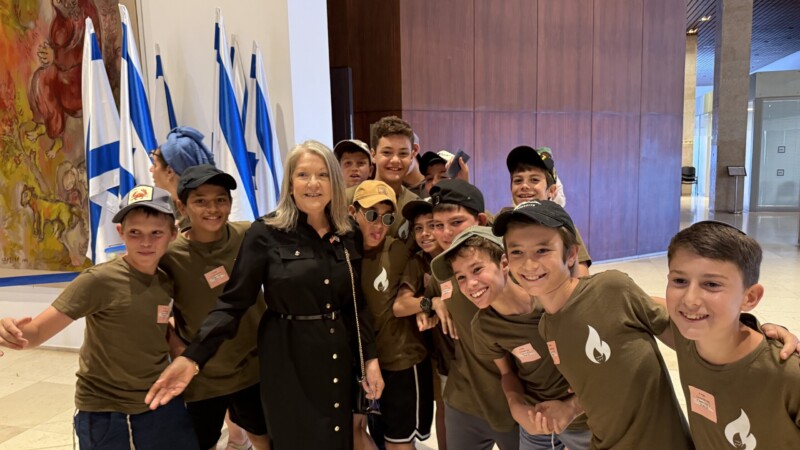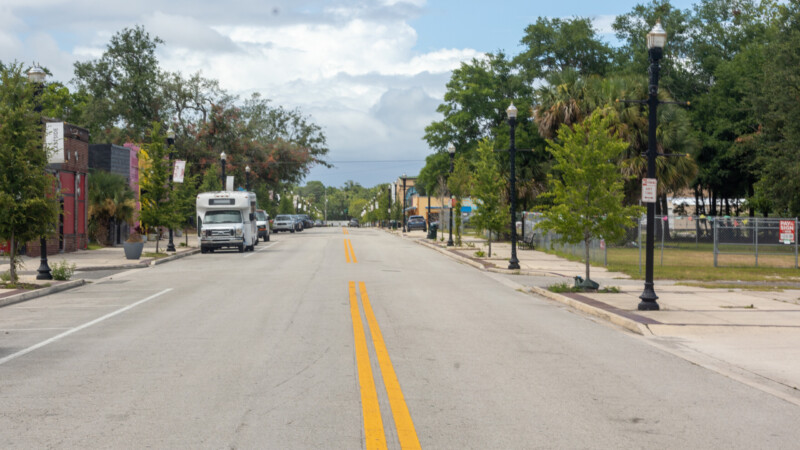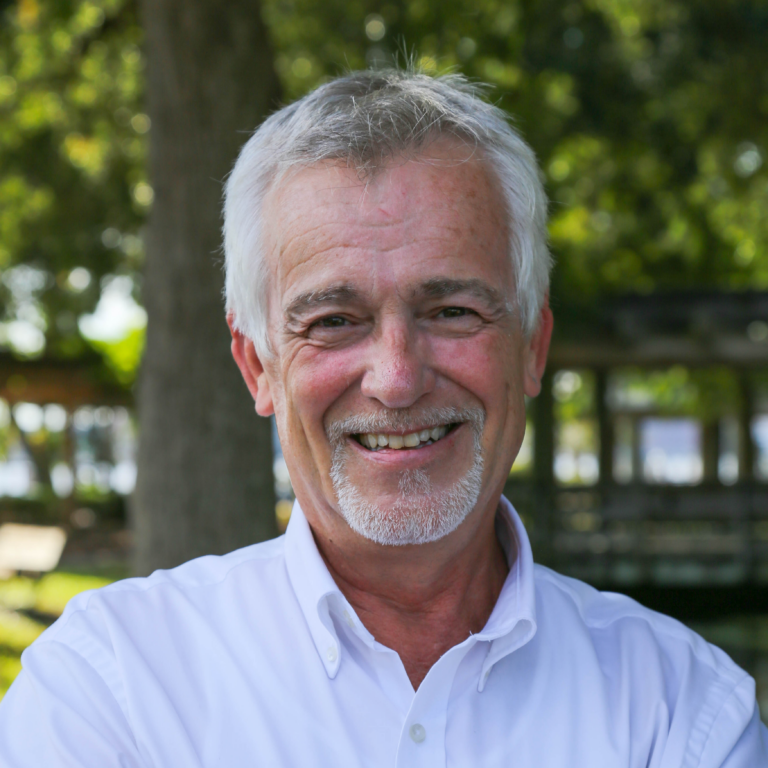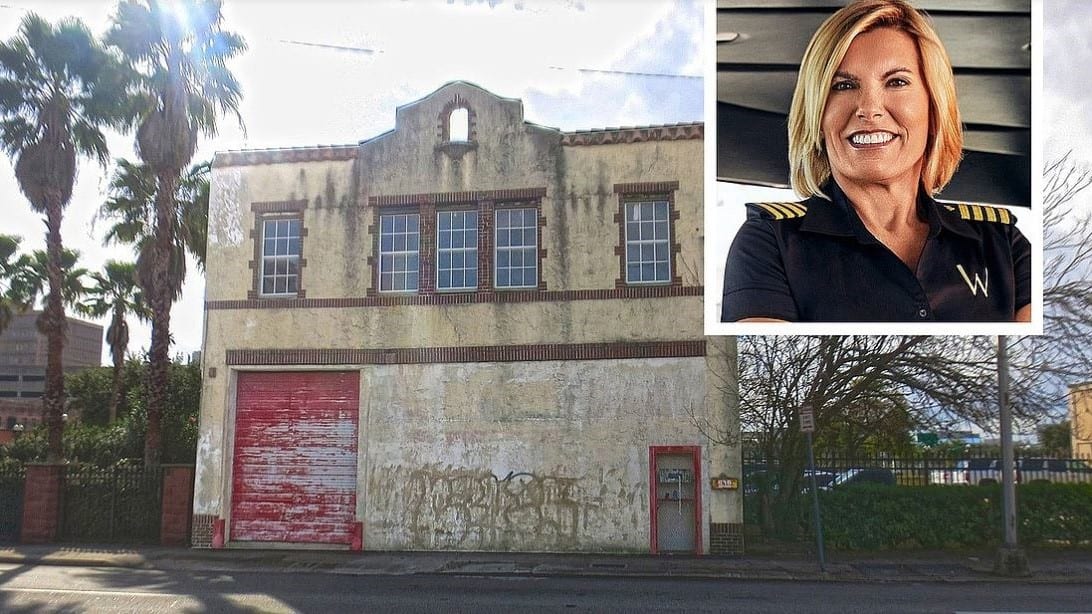Fort Mose Historic State Park has taken what it considers a major step toward realizing the dream of reconstructing the 1738 Fort Mose on park property in St. Augustine.
The Florida State Parks Foundation, in conjunction with partners from the Florida State Parks, the Fort Mose Historical Society and Drs. Kathleen Deagan and Jane Landers, have unveiled a draft architectural rendering of the 1738 Fort Mose.
Groundbreaking for the life-sized, full-scale reconstruction is scheduled for fall 2023, with completion anticipated in early 2024.
“Seeing this draft rendering for the first time takes your breath away,” Julia Gill Woodward, CEO of the Florida State Parks Foundation, said in a news release. “This project has been a dream for many years, and it’s incredibly exciting to get the first glimpse of what it will look like when completed.”
Fort Mose was the site of the first legally sanctioned free African settlement in what is now the United States. In 1738, the Spanish governor of Florida chartered the settlement of Gracia Real de Santa Teresa de Mose, or Fort Mose, as a place for formerly enslaved people fleeing from the English colonies in the Carolinas. Their only stipulations were to declare allegiance to the king of Spain and join the Catholic Church.
The first freedom seekers arrived in 1687. The group included eight men, two women and a 3-year-old nursing child, according to the Fort Mose Historical Society.
By 1738, more than 100 freedom seekers had achieved asylum. In that year, a fortified town named Gracia Real de Santa Teresa de Mose was constructed on St. Augustine’s northernmost border. Fort Mose became the site of the first free Black community in what is now the United States.
When Spain ceded all of La Florida to England in 1763, the citizens of Fort Mose once again faced enslavement. They abandoned the fort and sought safety in Spanish Cuba, the historical society says on its website.
“Over the years, the Fort Mose site was swallowed by marsh, and the important legacy of its community was largely forgotten,” the website says.
The Fort Mose Historical Society set a goal to reconstruct a representation of Fort Mose in the mid-1990s. The project accelerated in 2022 when the foundation earned a competitive grant of $933,500 from the Florida African American Cultural and Historical Grants Program to aid in construction costs.
The foundation also secured $250,000 in matching funds from Florida State Parks, the Jacksonville Jaguars Foundation, Florida Blue, The Community Foundation for Northeast Florida and St. Johns County.
The Fort Mose site was acquired by the state of Florida in 1989 and was designated a National Historic Landmark and added to the National Register of Historic Places in 1994. In addition to a museum and visitor center, the 41-acre park also offers opportunities for kayaking and canoeing, wildlife viewing and picnicking.
“Fort Mose is one of our state’s most significant cultural resources, and the fort replica will help us tell the story of this historic place,” said Chuck Hatcher, director of Florida State Parks. “This is all coming together as the result of years of determination from many different people, and we are grateful to see everyone’s hard work and dedication paying off in such an amazing way.”
9(MDEwNzczMDA2MDEzNTg3ODA1MTAzZjYxNg004))







